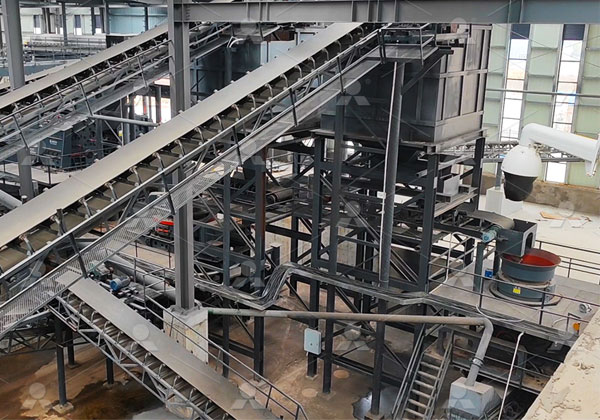Setting up a granite ore processing plant involves several key steps, each crucial for ensuring efficient operation and optimal product quality. Here’s a detailed overview:
1. Site Selection and Preparation
The first step is to choose an appropriate site for the processing plant. Factors to consider include proximity to granite deposits, accessibility to transportation routes, and availability of utilities such as water and electricity. Once a site is selected, it needs to be prepared by clearing the area, leveling the ground, and ensuring proper drainage. This preparation also includes acquiring necessary permits and adhering to environmental regulations to minimize ecological impact.

2. Plant Design and Layout
The design of the processing plant is critical for optimizing workflow and efficiency. The layout should allow for smooth material handling, with designated areas for receiving raw granite, processing, and stockpiling finished products. Equipment selection is also important, including crushers, screens, and conveyors. Each piece of equipment should be chosen based on its ability to handle the specific characteristics of the granite ore, ensuring that the processing capacity meets production goals.
3. Equipment Installation
Once the design is finalized, the next step is to procure and install the necessary equipment. This includes primary crushers for breaking down large granite blocks, secondary crushers for finer processing, and screening equipment to separate different size fractions. Proper installation is crucial; equipment should be positioned according to the design specifications, ensuring that all components work seamlessly together. It’s also important to conduct tests on the equipment to verify that it operates correctly before starting full-scale production.
4. Operational Procedures and Staffing
Establishing operational procedures is essential for maintaining safety and efficiency in the processing plant. This includes training staff on equipment operation, maintenance routines, and safety protocols. It’s important to develop a comprehensive manual that outlines standard operating procedures (SOPs) for each process stage, from receiving raw material to dispatching finished products. Adequate staffing levels should be determined based on production capacity, with roles defined for operators, maintenance personnel, and quality control inspectors.
5. Quality Control and Maintenance
Finally, implementing a robust quality control system is essential for ensuring that the processed granite meets market standards. Regular testing of the final product helps maintain quality and consistency. Additionally, establishing a maintenance schedule for all equipment minimizes downtime and extends machinery lifespan. Regular inspections and preventive maintenance should be conducted to address any potential issues before they affect production. By focusing on quality and maintenance, the granite ore processing plant can achieve long-term success and profitability.
